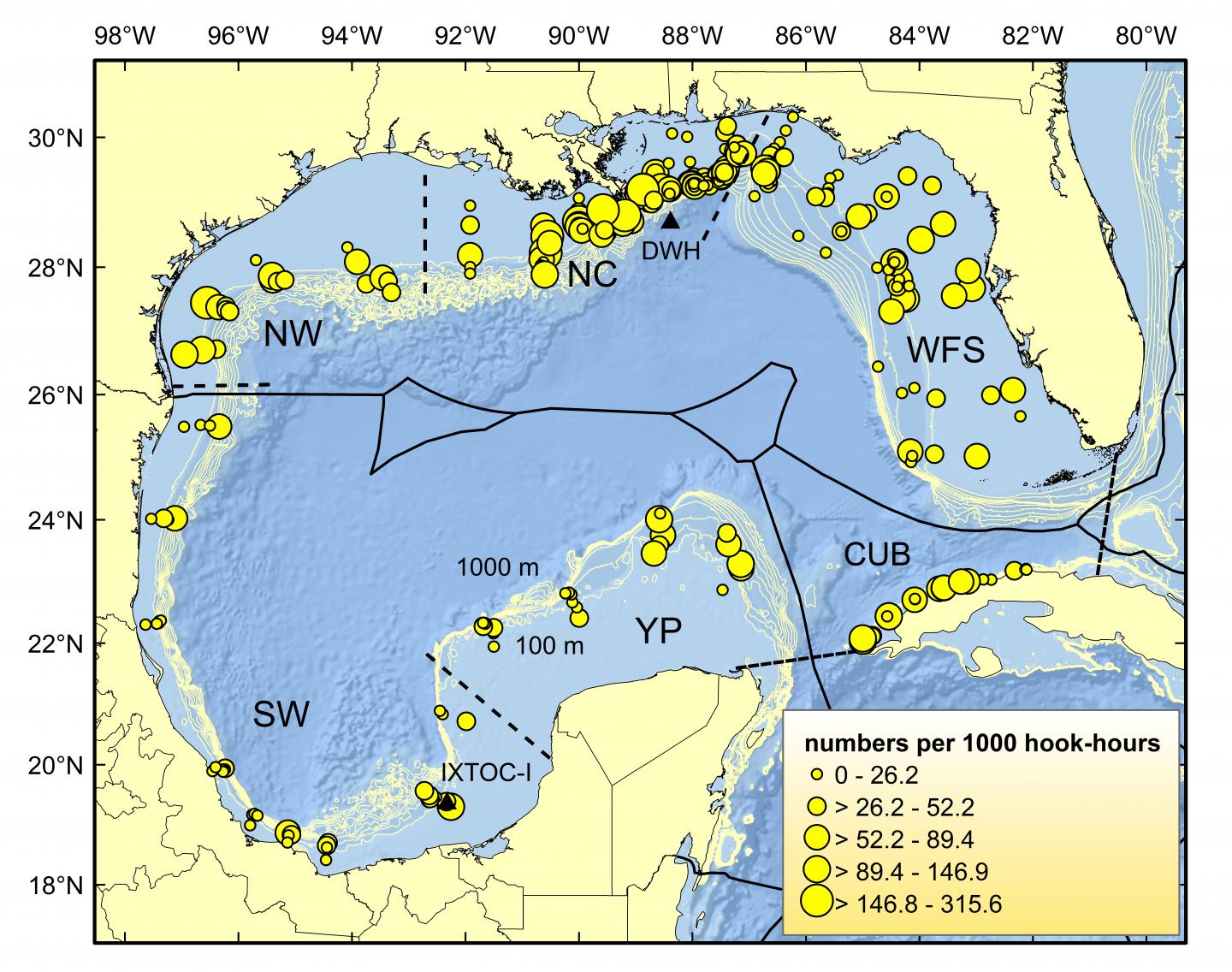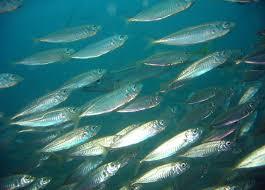A significant effort is underway to assess the environmental repercussions on marine life in the Gulf of Mexico from the massive and historic Deepwater Horizon explosion and oil spill.
A just-completed, seven-year study maps where fish and other aquatic life live, and in what amounts, in order to give marine biologists a better understanding of the ecological damage that took place eight years ago, and to better prepare for future spills. The research covered all coastal areas of the Gulf, from western Florida, through southern Louisiana and Texas, to the eastern shores of Mexico as well as the Yucatan Peninsula and the northwestern shores of Cuba.
The research, led by the University of South Florida and conducted between 2011 and 2017, consisted of a dozen separate expeditions that targeted more than 340 fishing areas. Investigators "deployed 153,146 baited hooks, catching 14,938 fish," according to the published paper, allowing them to identify 166 separate species. The species found in greatest abundance were, in order, the Atlantic Sharpnose Shark, Red Snapper, King Snake Eel. Tilefish and the Gulf Smoothhound.
The primary goal of the research was to "establish just where the oil contamination baseline is in the aftermath of Deepwater Horizon." Scientists also learned that in the overall, oil contamination of all fish has been declining over the study period.
 "Given the ever‐expanding quest for oil and gas resources in all three national exclusive economic zones of the GoM," short for the Gulf of Mexico, the researchers wrote, "it is prudent to assess the vulnerability of fish assemblages at the LME [large marine ecosystems] scale."
"Given the ever‐expanding quest for oil and gas resources in all three national exclusive economic zones of the GoM," short for the Gulf of Mexico, the researchers wrote, "it is prudent to assess the vulnerability of fish assemblages at the LME [large marine ecosystems] scale."
On April 20, 2010, the massive oil rig – whose location is marked by the letters "DWH" on the adjacent map (courtesy: University of South Florida) – exploded and spilled nearly 5 million barrels of crude, making it the largest marine oil spill in history. Eleven workers were killed.
Among the initial findings, which were announced today and published last week in the journal Marine and Coastal Fisheries, "fish were most abundant in the northern and northwestern Gulf. Much of that has to do with increased fishery protections and the area producing more phytoplankton, the foundation of the aquatic food web."




